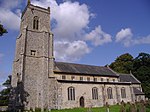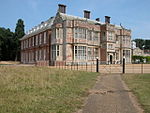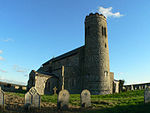Disappearance of April Fabb
1955 births1960s missing person cases1969 in England20th-century British peopleLiving people ... and 5 more
Missing English childrenMissing person cases in EnglandPeople from North Norfolk (district)Place of birth missing (living people)Use British English from March 2017
April Fabb (22 April 1955 – disappeared 8 April 1969) was an English schoolgirl who disappeared on 8 April 1969, when aged 13, between the villages of Metton and Roughton in Norfolk, England, United Kingdom.
Excerpt from the Wikipedia article Disappearance of April Fabb (License: CC BY-SA 3.0, Authors).Disappearance of April Fabb
Metton Road, North Norfolk Sustead
Geographical coordinates (GPS) Address Nearby Places Show on map
Geographical coordinates (GPS)
| Latitude | Longitude |
|---|---|
| N 52.888295 ° | E 1.267494 ° |
Address
Metton Road
NR11 8QU North Norfolk, Sustead
England, United Kingdom
Open on Google Maps










